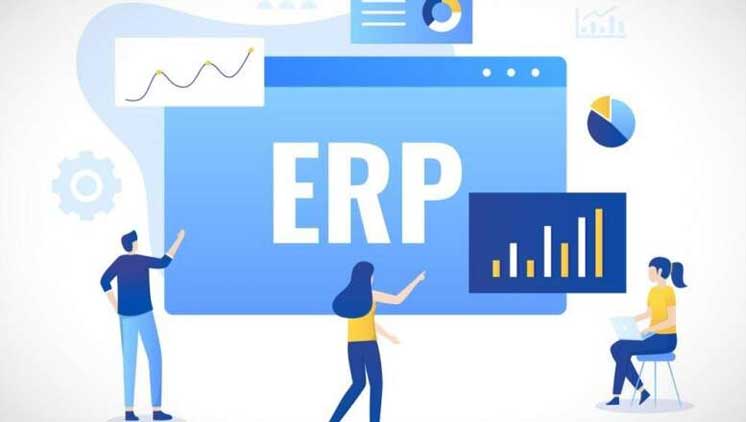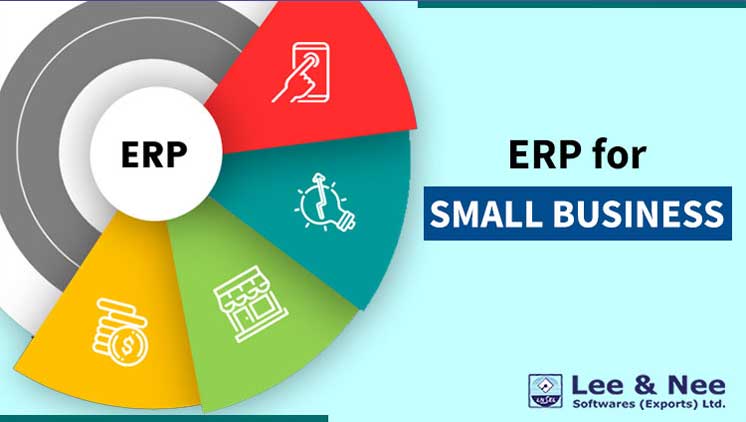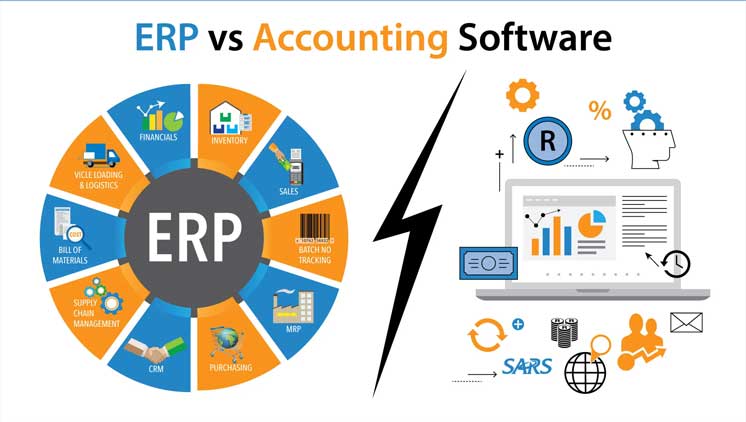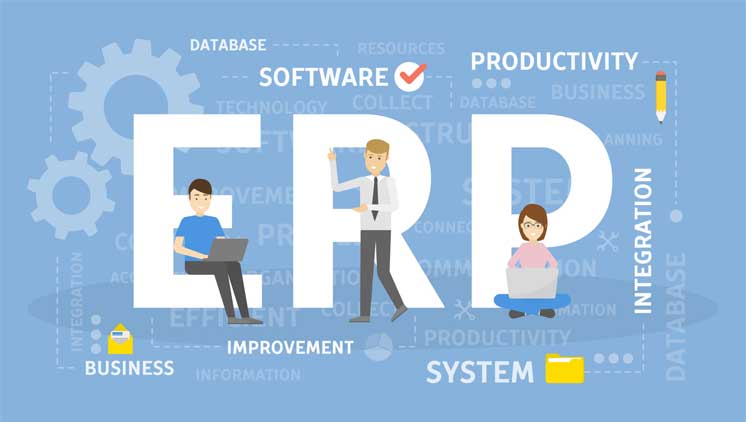PwC is proud to present the first edition of our Software Costs Guide. This guide discusses the framework or scope for accounting for software and software-related costs, as well as their initial and subsequent accounting.
This guide summarizes relevant accounting literature, including references to and excerpts from the FASB’s Accounting Standards Codification (the Codification). It also includes our perspectives and insights, interpretive and application guidance, illustrative examples, and a discussion of emerging practice issues.
This guide should be used in conjunction with a thorough examination of the pertinent facts and circumstances, a review of the authoritative accounting literature, and appropriate professional and technical assistance.
The presentation and disclosures of software-related costs in financial statements differ depending on the nature of the costs and how the software is used. As described in SW 1, accounting guidance for software-related costs is generally modeled after inventory guidance (for software sold to customers) or property, plant, and equipment guidance (for software used internally); thus, the presentation of those respective costs is generally similar to those financial statements line items. The requirements for presentation and disclosure discussed in this section apply to software that will be sold, leased, or otherwise marketed, as well as internal-use software and cloud computing arrangements (CCAs).
To be sold, leased, or marketed software
Capitalized software development costs for software that will be sold, leased, or otherwise marketed, whether acquired or developed internally, should be treated as an amortizable intangible asset. If the software was purchased from someone else and will be resold, inventory classification may be appropriate. While the ASC 350, Intangibles – Goodwill and Other, accounting requirements do not apply to capitalized development costs related to software to be sold, leased, or marketed, the presentation and disclosure requirements do. FSP 8.8.2 discusses the disclosure requirements of ASC 350-40-50-1, which refer to other topics in the Codification. The disclosure requirements of ASC 350-30-50-1 through ASC 350-30-50-3 for intangible assets subject to amortization are also applicable, as described in FSP 8.9 and FSP 17.

Cost of sales includes amortization of capitalized costs for software that will be sold, leased, or otherwise marketed. Because the amortization is directly related to revenue recognized on a software product marketed to others, the expense would be charged to cost of sales or a similar expense category, consistent with the costs of other non-software products sold or marketed to others. ASC 985-20, Software—Costs of Software to Be Sold, Leased, or Marketed, includes an illustration describing how the disclosure requirements under ASC 275 are applied to risks and uncertainties associated with externally marketed software costs. The illustration, in particular, includes a reporting entity that discloses that the carrying amount of its capitalized software is subject to significant uncertainty due to estimates of future years’ revenues and useful lives made at the date of the financial statements, which may have a significant impact on the carrying amount of capitalized software costs.
Costs incurred for a software product to be sold, leased, or otherwise marketed that are classified as R&D would be subject to the ASC 730-10 disclosure requirements (see FSP 3.6.5). ASC 985-20-50-1 also specifies additional required disclosures.
ASC 985-20-50-1 is an excerpt.
The following information must be included in the financial statements:
- Each balance sheet presented includes unamortized computer software costs.
- In each income statement, the total amount charged to expense for both of the following:
- Capitalized computer software costs are amortized.
- Amounts reduced to net realizable value.
The amortization and write-down amounts can be combined, with only the sum of the two expenses reported.
Software for internal use
Internal-Use Software, ASC 350-40, Intangibles—Goodwill and Other, provides guidance on accounting for the costs of software developed or obtained for internal use. For more information on recognizing and measuring these costs.
ASC 350-40-15-2A is an excerpt.
Internal-use software has both of the following characteristics: (1) the software is acquired, internally developed, or modified solely to meet the entity’s internal needs; and (2) no substantive plan exists or is being developed to market the software externally during the software’s development or modification.
While ASC 350-40 does not specify how to present and disclose internal-use software costs, the presentation generally corresponds to “Licensed software” in Figure FSP 8-1. Disclosures for internal-use software should be in accordance with existing authoritative literature included in ASC 360-10, Property, plant, and equipment—Overall (see FSP 8.6), ASC 730-10, Research and Development—Overall (see FSP 3.6.5), ASC 275, Risks and Uncertainties (see FSP 8.9.1.2), and ASC 235, Notes to Financial Statements (see FSP 8.9.1.2).
After the adoption of ASU 2018-15, cloud computing arrangements will be made
A cloud computing arrangement (CCA) can include software-as-a-service (SaaS) and other SaaS-type services such as platform-as-a-service, infrastructure-as-a-service, and other hosting arrangements. “Hosting” refers to situations in which the end user does not own the software; instead, the software is housed on the vendor’s or a third party’s hardware (servers), and the customer accesses it remotely. In addition to the remote service, some CCAs include a traditional software license. See SW 4.
If the CCA includes a software license in addition to the hosting service, the costs associated with the software license may fall under the guidance for internal-use software or the guidance for software to be sold, leased, or otherwise marketed, depending on how the software is used by the reporting entity. Only the implementation costs of the CCA are subject to internal-use software guidance under ASC 350-40 if the CCA is accounted for solely as a service contract. However, while the accounting for CCA implementation costs follows the internal-use software model, the presentation of these costs in the balance sheet, income statement, and statement of cash flows is similar to other services. The guidance requires reporting entities to include implementation costs associated with a CCA in the same financial statement line items as CCA service fees, which differs significantly from the presentation of costs associated with licensed software.
Conclusion
If you need more information about Accounting For Software Development Costs PWC, you can check through this link https://viewpoint.pwc.com/dt/us/en/pwc/accounting_guides/software/software/softwarecostsguidefullpdf.html





